Meticulously restored, the Condor vintage frame collection is a window into seventy years of bicycle technology.
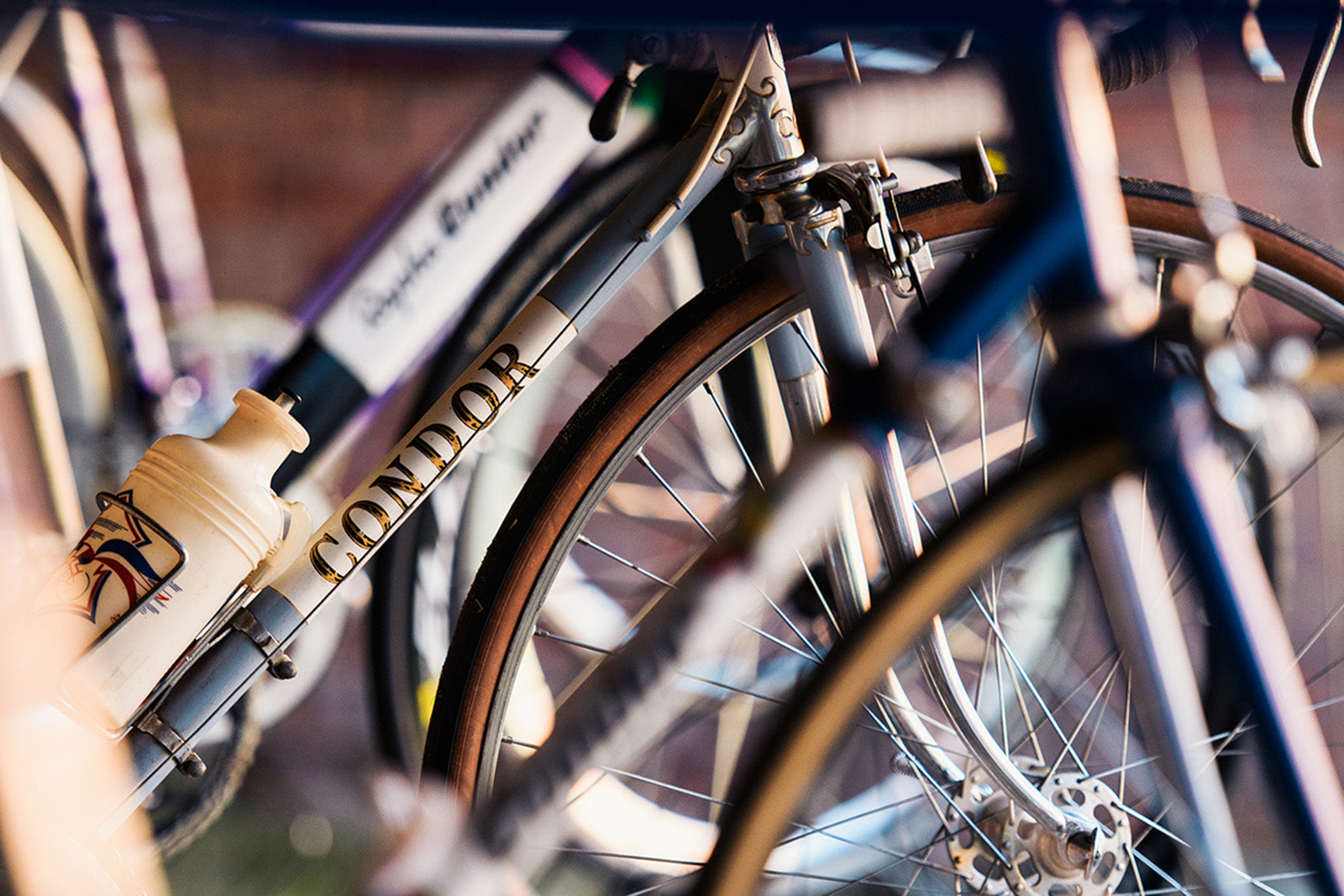
Our recent 70th Anniversary celebrations at Chillington Hall saw us break out our vintage collection and display it in its entirety for the first time. The collection features models that have been restored as personal projects by Condor managing director, Grant Young (son of our founder, Monty), as well as production director, Neil Manning.
Photography by Roger Stillman, Jack Chevell.
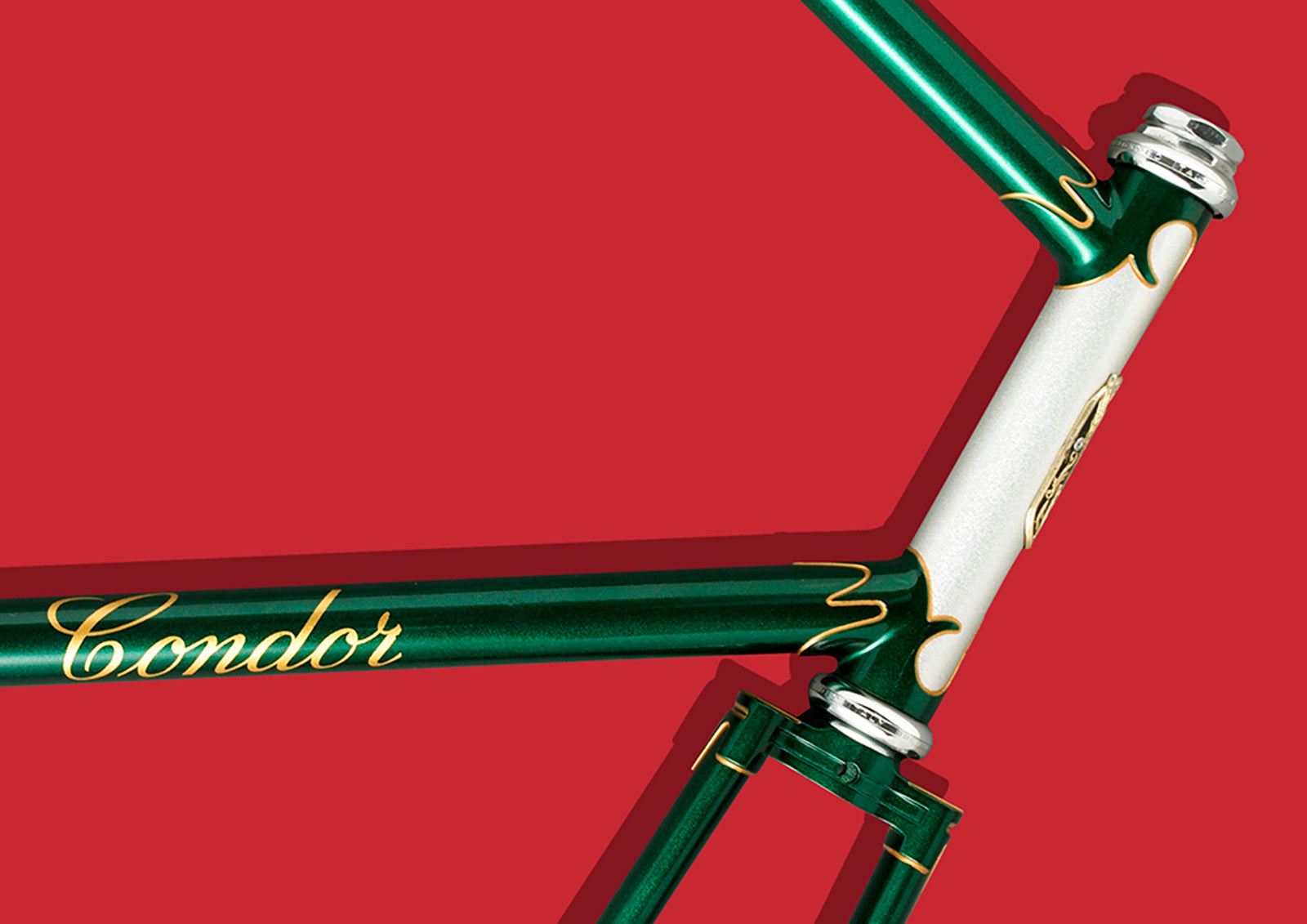
1948 — No. 3 with Reynolds 531
One of the first frames built by Condor. The frame is constructed from Reynolds 531 double-butted steel, and features an early incarnation of the Condor No. 3 lug set. The flat-cast fork crown was designed to match the lug work. The fork is typical of the era, with a large amount of rake, owing to frames having a longer wheelbase. The owner of this frame would have once used it for road racing, time trialling, and winter training.
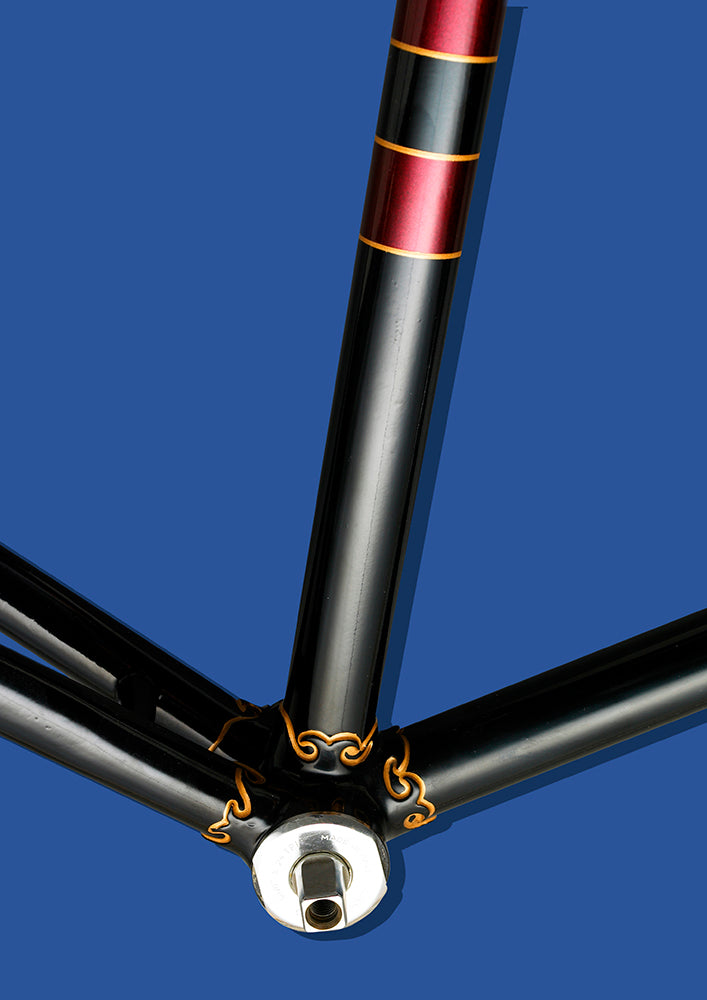 |
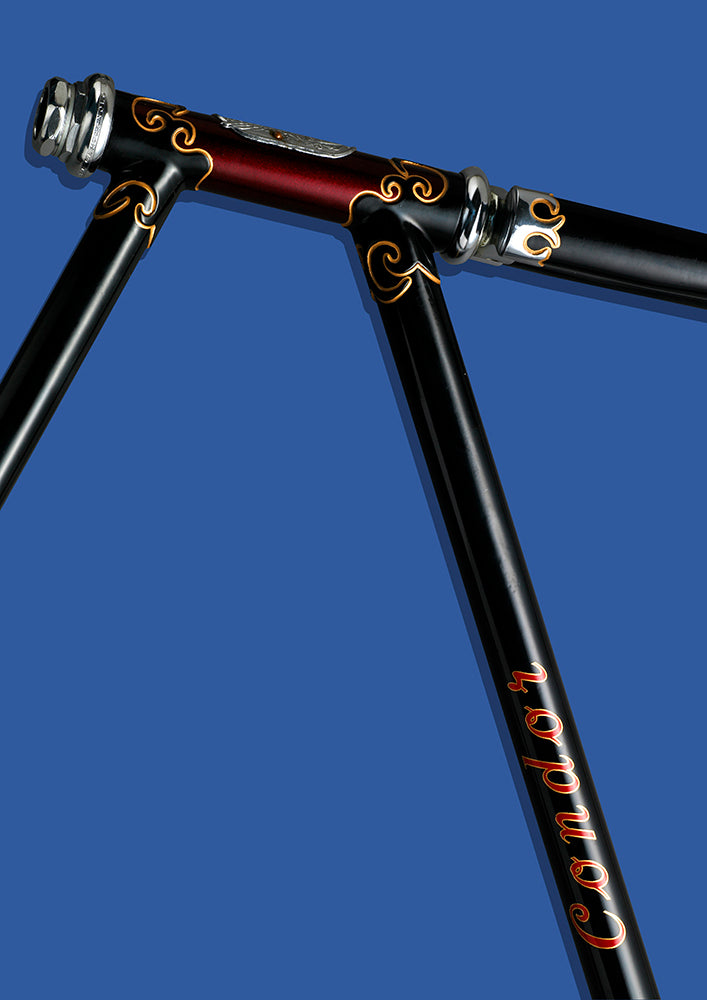 |
1958 — No 1. Lug Frameset
"Fifteen years ago a customer brought in a wreck of a frame he found in a barn."
In the 1950s, three lug sets were created to set Condor frames apart from other builders. The No. 1 is cut by hand and features intricate styling typical of the decade. Each lug set would take three tiring days to cut.
"Fifteen years ago a customer brought in a wreck of a frame he found in a barn. I saw the frame number and I knew it was built in 1958, the year I was born", explained Grant Young. Grant decided to restore the frame himself, going to lengths to find the period correct head badge for the frame. The metal head badge was chromed and riveted on. It proudly reads 90 Gray's Inn Road, the address of the first Condor shop.
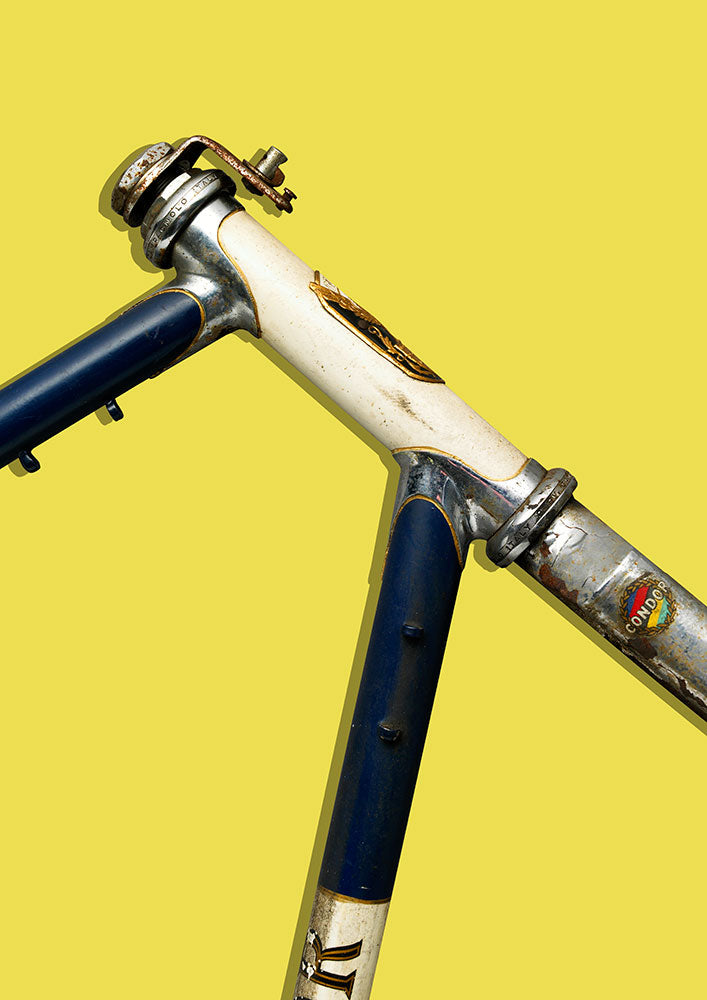 |
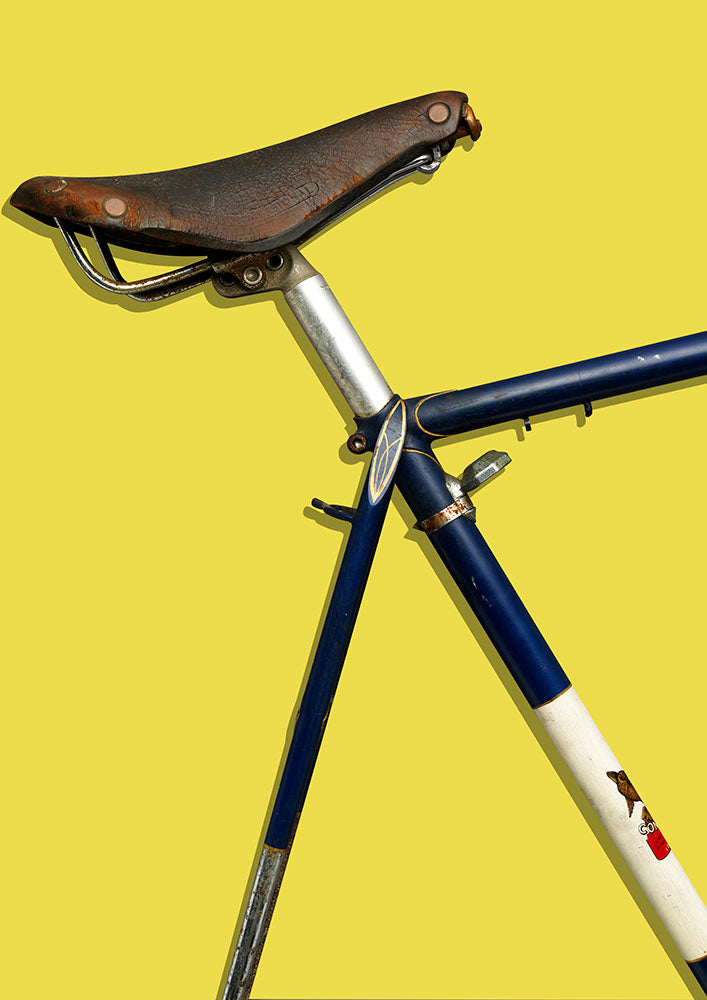 |
1968 — the un-restored Italia
The pared-down design of this frame reflects the changing fashions of bicycle riders as we approach the 1970s. A typical road-race frameset it is built with a Cinelli full-sloping fork and newly introduced Reynolds 531c tubing. The 'c' denoted the slightly stiffer tubing, designed for use in competition. The simpler lug style creates a lighter frame. Top eyes (where the seat stays meet the seat post) are solid pieces that slot into the seat stay tube. "It is an expensive way to engineer a frame but a great way to make the bike stiffer and better for racing", explains Grant.
The frame has been left un-restored to show the effects of time, wear, and use.
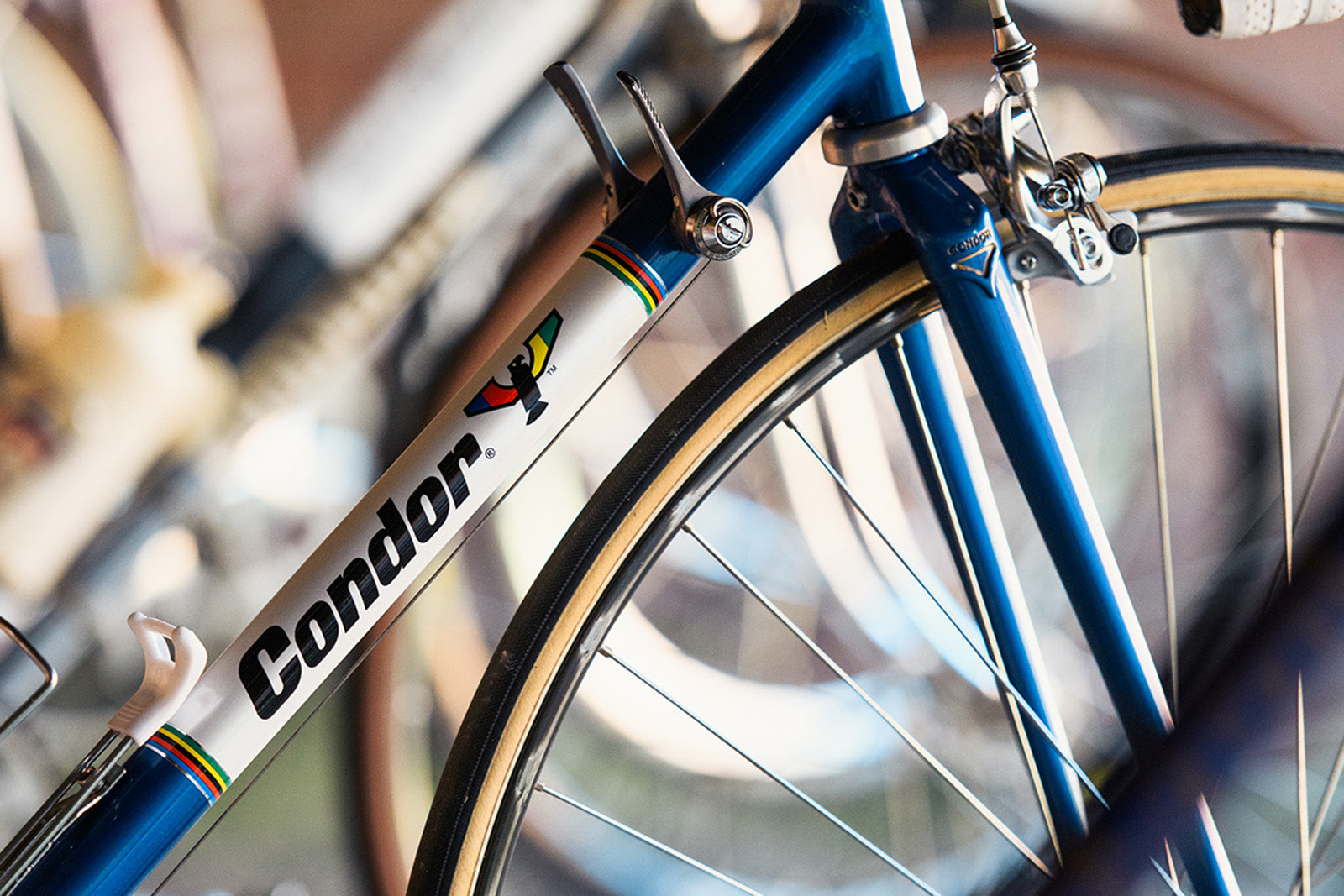
1997 — Condor Baracchi
Introduced in the 1970s, the Baracchi was a super-light, premium frame that didn't use a traditional lugged construction. This frame was restored by our production director, Neil Manning, after purchasing the it from eBay.
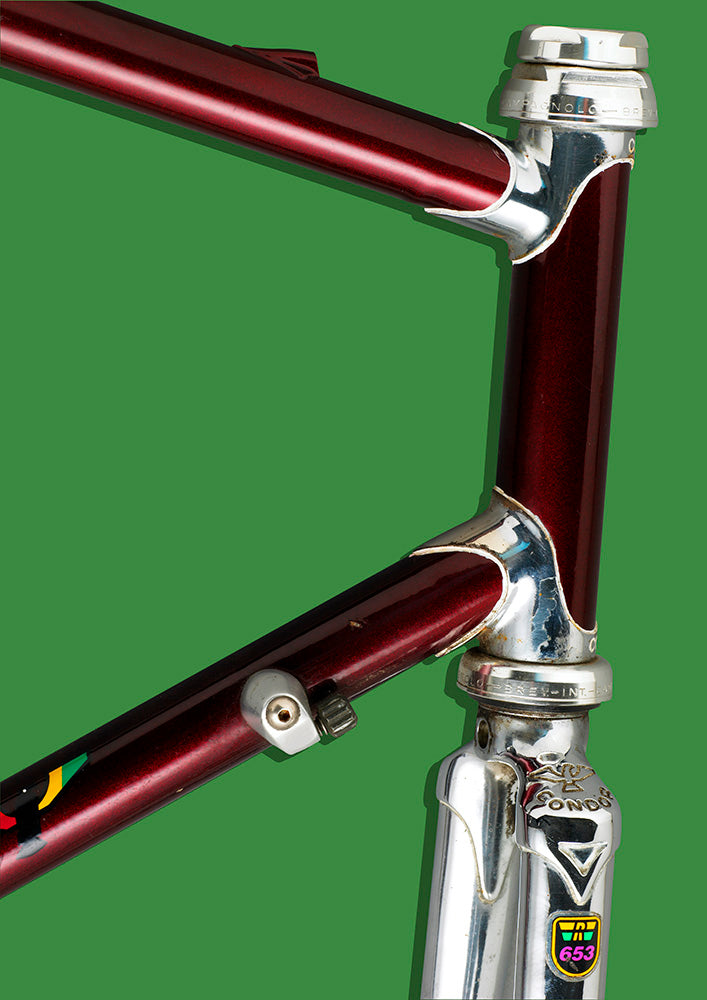 |
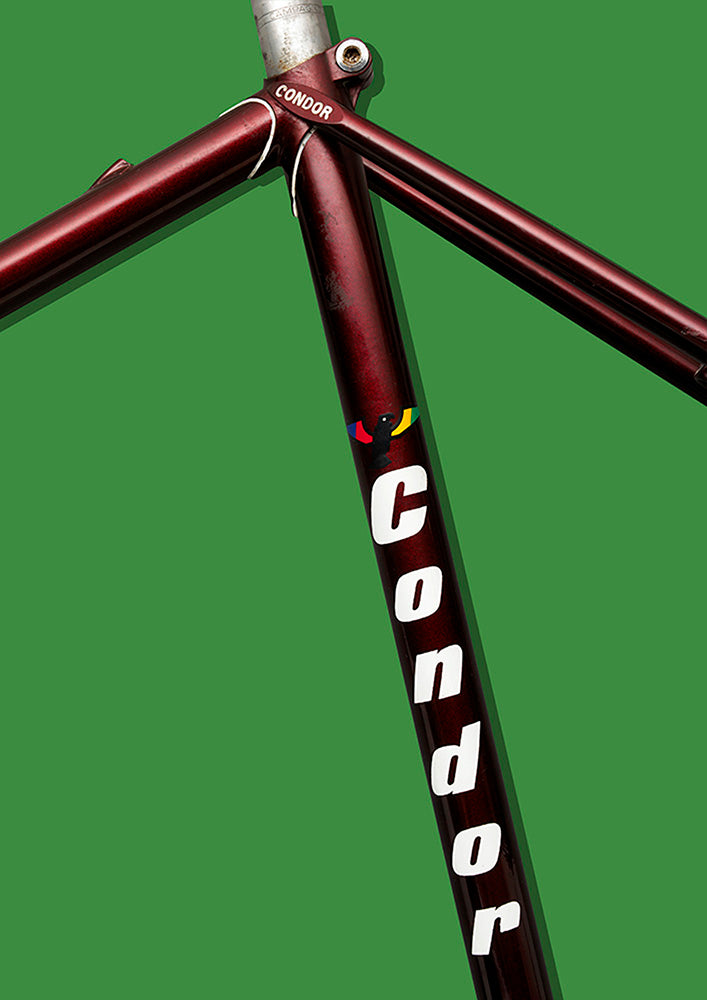 |
1991 — Condor Professional
A high-end road race frame that featured in the range until the late nineties, when steel race bikes were overshadowed by new aluminium technology. "The Professional was a great all-rounder frameset. The tubing is upgraded to Reynolds 653, which made it nice and stiff, but not an overly expensive race bike", explains Grant. The frame used Cinelli cast lugs, fork crown and bottom bracket. There is engraving around the frame and the rear brake bridge stamped with a 'C' for 'Condor'.
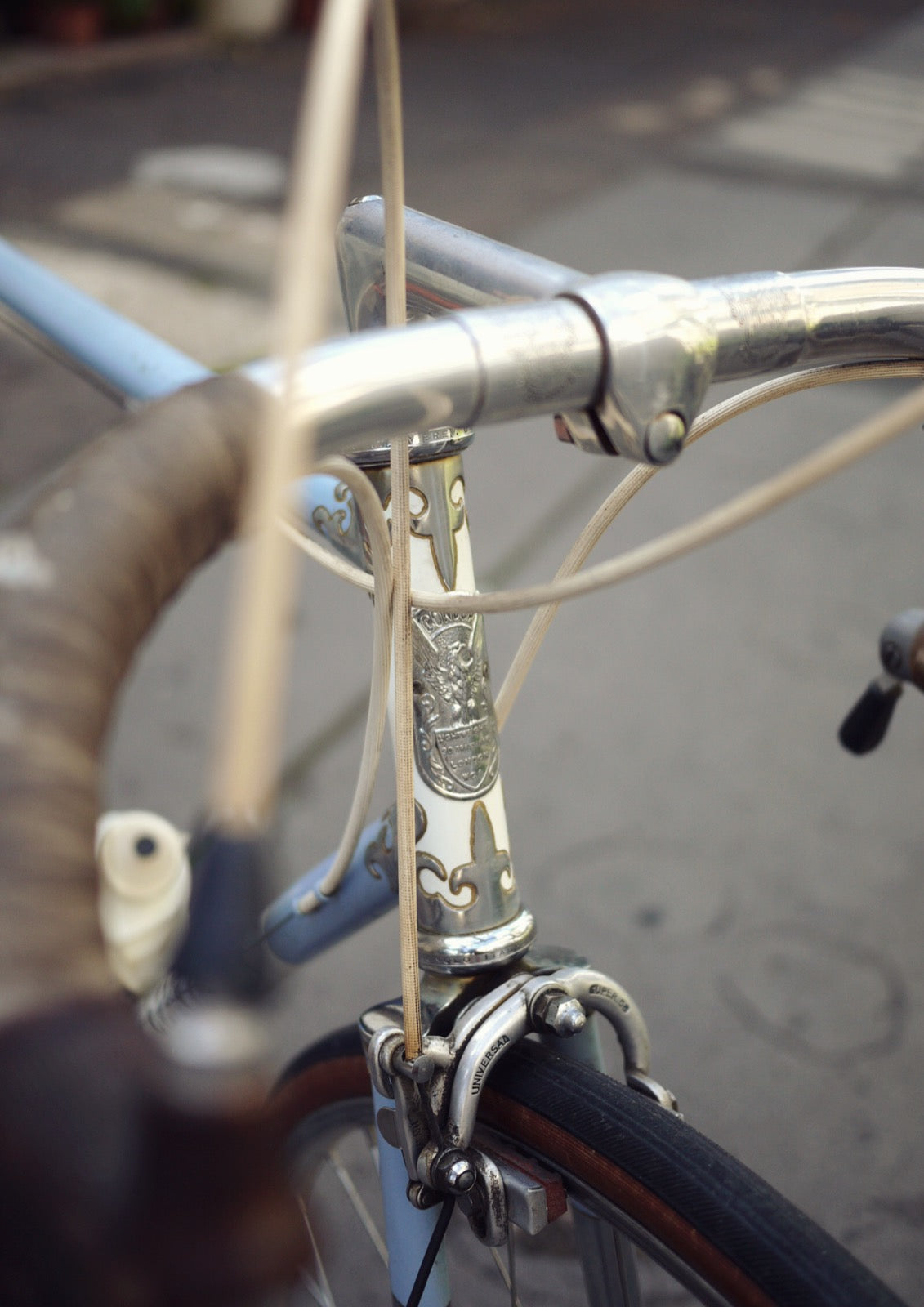 |
 |
1966 — Condor Superb
Featuring hand-drilled components and built using Condor's chromed Superb lugset, this bicycle was originally built and fitted for an amateur road racer. Constructed from Reynolds 531DB with chromed semi-sloping fork crown, it is equipped with Campagnolo Nuovo Record five-speed groupset. The Condor Superb was a head-turner and when first ordered the frame would have cost £26 15'9. The frame is stamped with a '29' denoting it was the twenty-ninth frame to be made by Condor in 1966.
